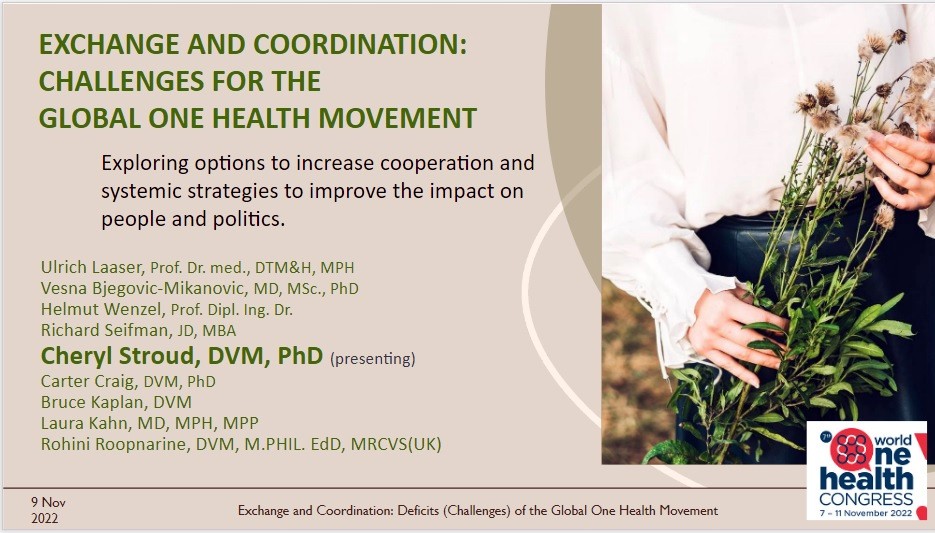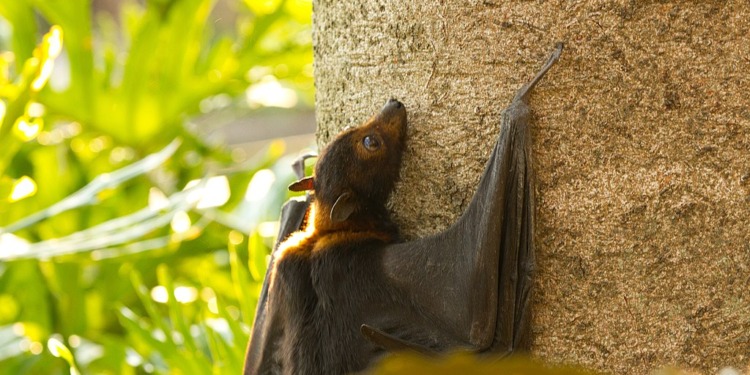As a global community, we have gone through and continue to deal with COVID, an infectious disease that possibly resulted from a spillover from the animal world and should, in all logic, require a One Health approach. Covid has killed millions, made many more millions sick, and had a devastating effect on the social fabric, and economies.
For developing countries, it has been particularly harmful. COVID is not gone yet, and China, as case numbers are on the rise again, continues its zero-COVID policy despite the social unrest it creates.
It is therefore essential that countries and their external partners learn from their past early responses, consider what worked, what needs mending, and what should be added to their investment equation.
Generally speaking, what has been missing is investments in prevention, in comparison with preparedness and response, the latter two have been recipients of considerable funding.
What “prevention” means
What is meant by “prevention” should not be interpreted as limited to a new global infectious disease pandemic, but also to the extent there are known and existing epidemic spillovers, even endemics, such as rabies or malaria, the former for which a vaccine exists, and the latter a new one recently approved by WHO, albeit with a difficult protocol for uptake.
In both cases, there are environmental, animal, and human interconnections. Further, prevention should not be interpreted as total eradication of an infectious disease outbreak but encompasses controlling/limiting spread. But more on this later.
One institution which has taken on the challenge of self-evaluation is the World Bank. It has looked at its initial response to the COVID pandemic. Given the breadth of its global and sectoral coverage, this constitutes an important and shared undertaking, as can be seen in this information video issued by the Bank two years ago:
The recently released, “The World Bank’s Support in Addressing Coronavirus (COVID-19) Health and Social Response – An Early-Stage Evaluation”, assesses the quality of the World Bank’s early response to the COVID crisis and initial steps toward recovery, focusing on the health and social response (but not the economic impact, the subject of a separate evaluation not yet released).
This early response evaluation concentrates on the relief stage and support to restructure systems during the first 15 months of the pandemic. It was guided by a theory of action that synthesizes evidence in three dimensions: relevance of support to the needs of countries; implementation, learning, and adjustment; and operational policy and partnerships to support smooth responses in countries, considering early results and pathways.
Key findings and recommendations
According to the Bank’s evaluation analysis:
- Bank support was relevant to the needs of countries and well aligned with most emergency areas in their COVID-19 responses. Emergency support expanded critical health services to prevent and control the spread of disease, including infection prevention and control, case management, surveillance, and provision of laboratories. The support prioritized social protection for poor and vulnerable people.
- It addressed country needs most comprehensively where earlier work on human capital had built preparedness and where cross-sectoral coordination and sectors in countries were stronger. The early months of the World Bank response had a strong emergency focus, followed in about half of the countries with efforts to protect human capital.
- Integrating institutional strengthening in the early COVID-19 response helped focus on sustaining public health preparedness and building resilience in health, education, and social protection systems.
It is clear these were urgent actions in quickly grappling with this new disease. But perhaps equally if not more important is that the report goes further and makes four recommendations for the future, namely:
- Use its crisis recovery efforts to strengthen the resilience of essential health and education. This includes countries developing their preparedness to continue essential services in a crisis, and track the quality of services received by vulnerable groups.
- Apply a gender equality lens to health and social crisis response actions across sectors. This includes countries being prepared to provide services to protect women and girls, for example, in health, education, and other sectors.
- Assist countries strengthen regional cooperation and crisis response capacities for public health preparedness. This includes support to multisector One Health-type platforms.
- Build on the COVID-19 experience to strengthen its internal crisis preparedness so that it has the tools and procedures ready to respond in future emergencies.
More still needed
That said, what seems increasingly recognized is the need for heightened attention to prevention, surveillance, and control, and doing so from a multi-sectoral perspective, building on the human, animal, and environmental interface, e.g., the One Health approach.
Given that anywhere from 60-70% of human infectious diseases originate from animals it is in our collective self-interest to act accordingly.
In this regard, the evaluation’s third recommendation on regional cooperation offers a potential pathway to support One Health-type platforms at the national level, reach local government and communities for disease surveillance, risk communication, delivery of health and social services, and monitoring support.
The Bank’s evaluation generally found that countries were able to act quicker, with good leadership, and pay better attention to quality and institutional strengthening when they had regional networks (as well as networks extending to communities).
The findings of the Bank’s evaluation emphasize the potential of regional cooperation around One Health platforms in countries to help strengthen multi-sector actions and resilience of policies, systems, and services for preparedness and ongoing disease prevention not only for when a crisis hits.
One Health platforms, such as in Senegal, helped take forward a multisector and comprehensive response to address a range of needs in the early response for COVID-19, drawing on capacities in health, water, agriculture, education, social protection, and other sectors.
However, the work before COVID-19 to develop actions to prevent the spread of disease and protect human capital was critical. Actions related to gender, community engagement, and continuity of essential services, among others, are some of the capacities One Health platforms can help countries develop for sustained disease prevention and communication.
Whether growing advocacy is finding fertile ground across regions and sectors, is discussed in the article We Collectively Have Only One Health authored by several experts and recently published on Impakter.
But there is also a new Pandemic Fund by the World Bank and World Health Organization (WHO) which includes “prevention” as one of its three pillars, a hopeful sign but still to be translated into commitments; and what is also notable is that G7 and G20 resolutions taken at their meetings include One Health into future efforts.
Focusing on challenges for better coordination and complementarity is the paper in a peer-reviewed journal paper produced by an international team of experts, Exchange and Coordination: Challenges of the One Health Movement.
The article was presented in PowerPoint at the November 2022 World One Health Summit which brought together major national leaders, academicians, research institutes, non-profit organizations, and international financial and technical assistance organizations, i.e. the entire international community at all levels.

To see the PowerPoint presentation slides, click here
Also presented at the Summit and the subject of a recent article in Nature is an excellent example of ecological solutions to prevent spillovers, in this case from horses to humans, addressing the Hendra virus in Australia. This article’s principal investigator was Cornell Professor Dr. Raina Plowright. Such ecological solutions are very much needed if you consider how a Hendra virus attack plays out for horse owners and how potentially dangerous the virus is for humans:
We now know it can be done – spillovers can be prevented or controlled with research and execution. But will there be the resources and political will to do it?
Looking Forward to Benefit from the Past
Returning to where this piece started, the World Bank’s evaluation of its early response to the unfolding pandemic was impressive, especially in light of what was then available and recognized as critical actions
But we now know more. In the time remaining – before we face a new infectious disease crisis – the international institutions, regions, countries, and communities, have a limited window to adjust their priorities to better embrace surveillance, prevention, and the One Health concept. We will see if there is the political will and recognition of self-interest to better serve us all……
Editor’s Note: The opinions expressed here by Impakter.com columnists are their own, not those of Impakter.com – In the Featured Photo: A juvenile black flying fox unsuccessfully trying to climb a tree – this is one of the bats in Australia that carries the Hendra virus which sometimes spills over to horses, and humans, with devastating impact. Scientists are trying to figure out what triggers spillovers — and how to stop them. Source: Andrew Mercer (cc)










